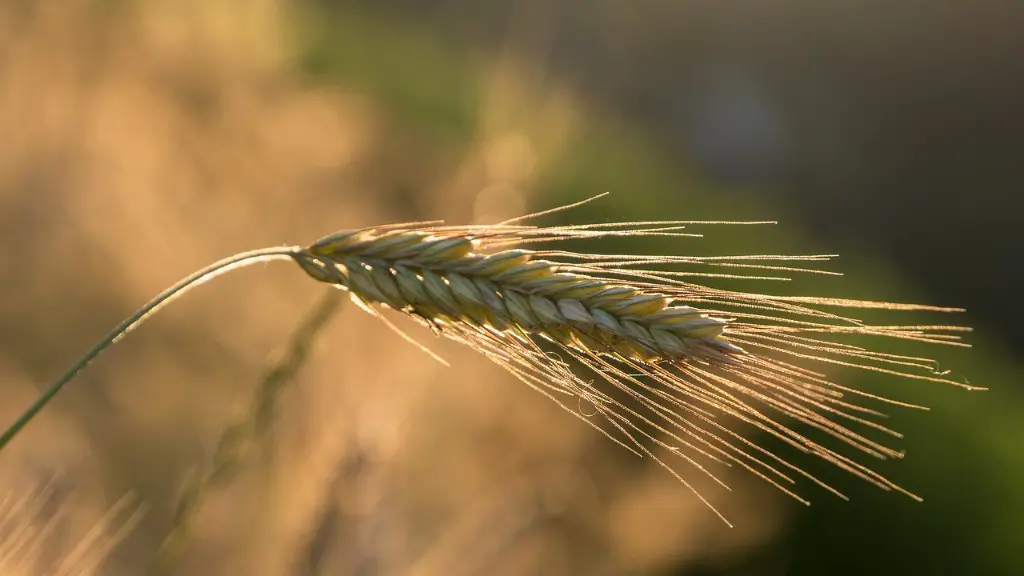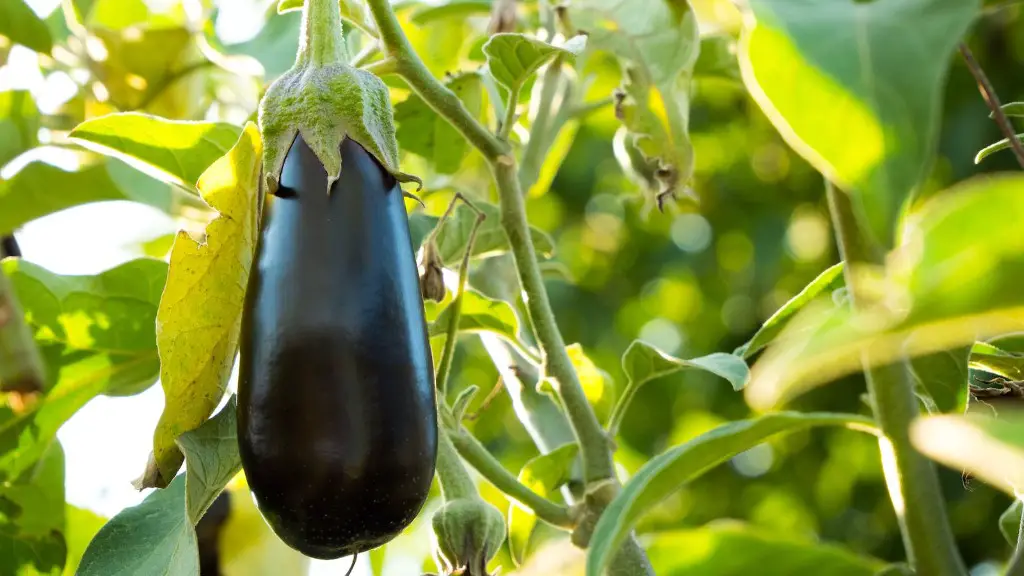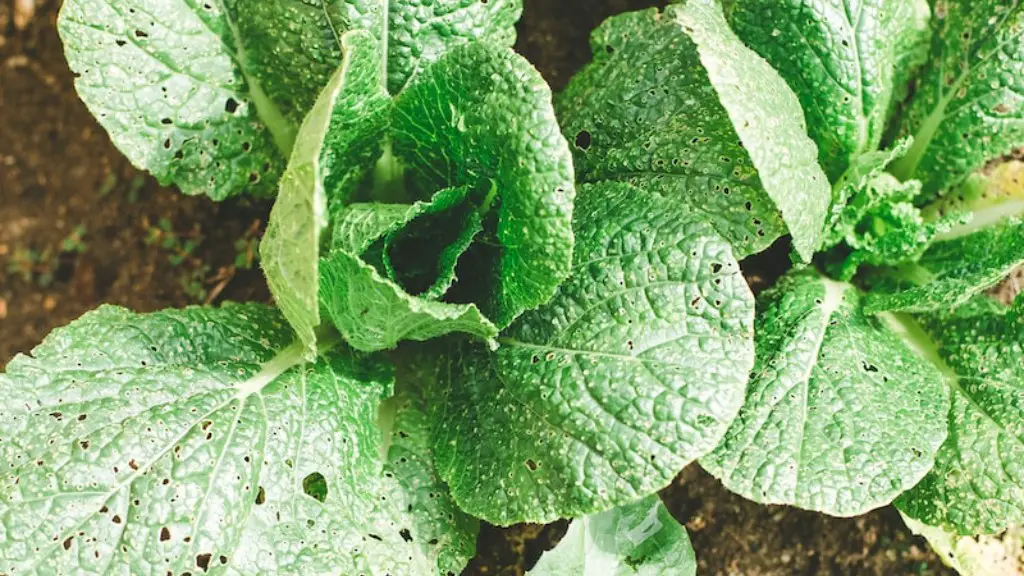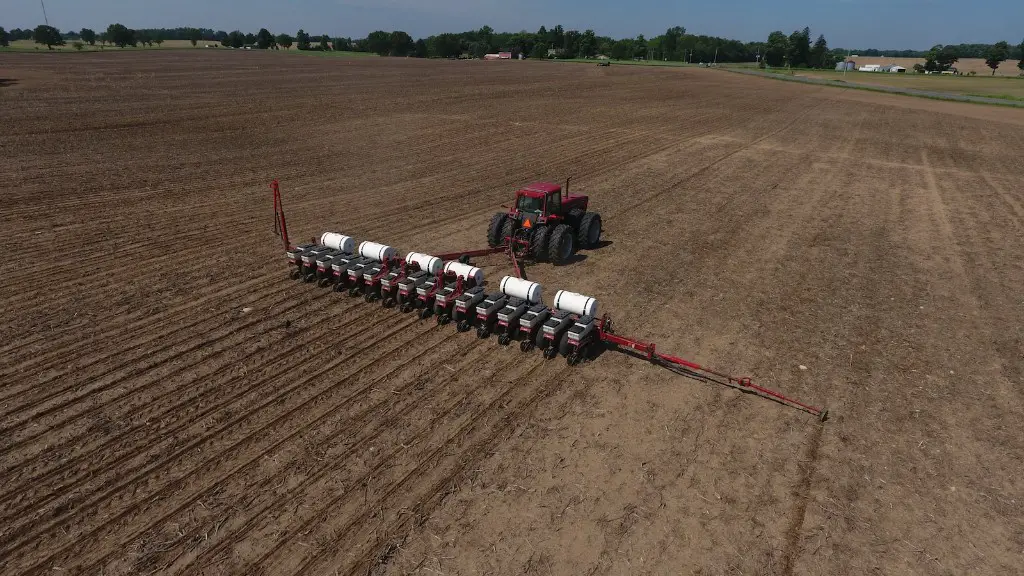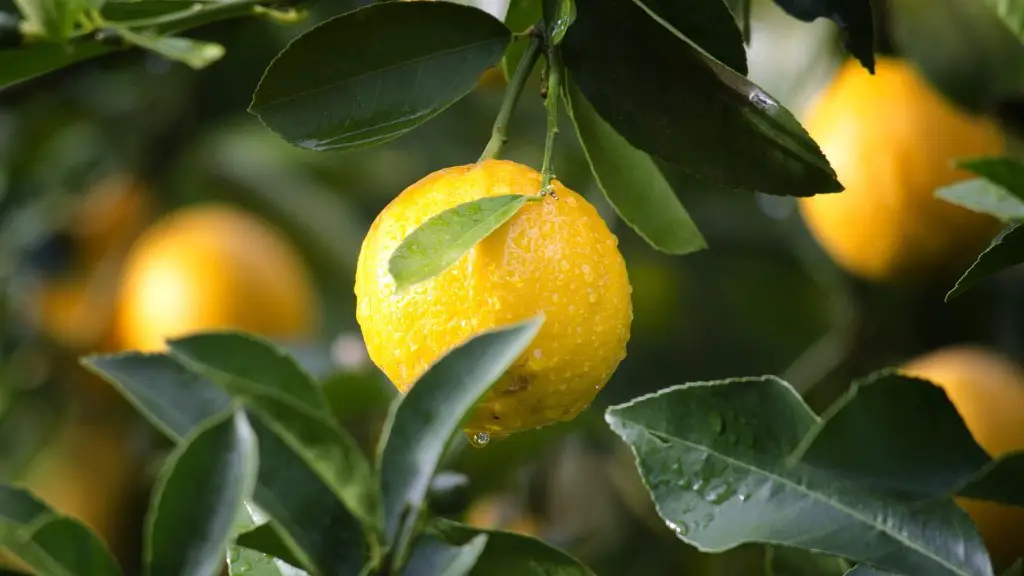The history of agriculture is a long and complex one, with many different theories about when and where it started. The most widely accepted theory is that agriculture began independently in different parts of the world at different times. The earliest evidence of agriculture has been found in the Middle East, and it is thought to have started there around 10,000 BC. Agriculture then spread to other parts of the world, including Europe, Asia, and Africa.
The origins of agriculture date back to the Neolithic era, between 10,000 and 12,000 years ago, when humans first began to domesticate plants and animals. The earliest evidence of agriculture comes from the Middle East, where early farmers cultivated wheat and barley. Agriculture quickly spread across the globe, with different regions developing their own distinctive agricultural practices.
Where did agriculture start?
The Fertile Crescent is thought to be where agriculture first originated. This region includes parts of modern-day Iraq, Syria, Lebanon, Israel and Jordan. Agriculture allowed for the domestication of plants and animals, which led to the development of civilizations. The Fertile Crescent was a key factor in the rise of civilization.
The domestication of plants and animals was a turning point in human history, as it allowed for the development of agricultural communities. This transition from a nomadic hunter-gatherer lifestyle to a more settled one allowed for the growth of civilizations. Agriculture allowed for the domestication of plants and animals, which provided a reliable source of food and allowed for the development of communities.
Who first invented agriculture
The Egyptians were among the first peoples to practice agriculture on a large scale. This was made possible with the development of basin irrigation, which allowed them to cultivate crops in the pre-dynastic period from the end of the Paleolithic era into the Neolithic era. This allowed them to produce food for a growing population and to develop a complex society.
Between 7,000 and 10,000 years ago, during the Neolithic era, humans invented agriculture. There were eight Neolithic crops: emmer wheat, einkorn wheat, peas, lentils, bitter vetch, hulled barley, chickpeas, and flax. The Neolithic era ended with the development of metal tools.
When did agriculture begin in America?
It is fascinating that agriculture began so independently in both North and South America. This suggests that the development of agriculture was not simply a response to environmental pressures, but was also due to the creativity and resourcefulness of humans. It is also interesting to note that this occurred within a few thousand years of the arrival of humans in the Americas. This suggests that the development of agriculture was not simply a response to environmental pressures, but was also due to the creativity and resourcefulness of humans.
Farming was an important development in the history of humankind. It allowed for the domestication of plants and animals, which led to the development of civilizations. Agriculture allowed for the growth of cities and the rise of civilizations. It also allowed for the growth of food surpluses, which allowed for the development of trade and commerce.
Where did agriculture begin in America?
It is clear that agriculture arose independently in at least three regions: South America, Mesoamerica, and eastern North America. Though there is evidence that some plants and animals were domesticated in other parts of the world, it is still unclear how widespread or important these early domestications were. Agriculture allowed for the domestication of plants and animals, which in turn led to the development of civilizations. Agriculture allowed for the growth of cities and the rise of civilizations. It allowed for the growth of food surpluses, which allowed for the development of trade and commerce. Agriculture allowed for the growth of popu
Agriculture is one of the oldest human activities and it is believed that it started about 8000 years ago. Agriculture allowed humans to settle down in one place and led to the development of civilizations. Some of the earliest known areas of agriculture were in the north-west of India where crops like wheat and barley were grown about 8000 years ago.
When and where did agriculture start quizlet
The earliest agriculture occurred in the eastern Mediterranean (the Levant). It arose in 11 other centers independently around the world. Plant and animal domestication may have arisen to feed the ever-increasing human population.
The Fertile Crescent is thought to be where crops were first domesticated, and thus is considered the birthplace of agriculture. The first farmers in the Fertile Crescent lived a nomadic lifestyle, moving from place to place in search of grazing land for their animals. As they settled down and began to cultivate the land, they developed irrigation systems and crop rotation to maximize the productivity of the land. The Fertile Crescent was a naturally fertile region with ample rainfall and ample sunlight, making it an ideal place for early agriculture.
Who was the first farmers on earth?
The new study shows that the first farmers actually represented a mixture of Ice Age hunter-gatherer groups, spread from the Near East all the way to south-eastern Europe. This means that the origins of agriculture are much more complex than previously thought. The study also has important implications for our understanding of the spread of agriculture across Europe.
When the climate of the world was changing, people observed places where edible plants like seeds, plants, etc were found. They started growing their own plants. And thus, they become farmers.
How and why did humans start practicing agriculture
Climate change and overhunting are two of the main reasons why we can’t rely on wild food sources. Climate change has made it too cold or too dry to grow crops in many areas, and overhunting has pushed some species to extinction. This has led to a shortage of food, which has forced many people to settle down and practice agriculture.
The Neolithic Revolution was a period of time when humans began to cultivate plants and domesticate animals. This allowed for the development of civilizations and the growth of cities. The Neolithic Revolution began around 7000 BC in Mehrgarh, modern day Pakistan. Wheat, sesame, barley, and eggplant were cultivated in Mehrgarh. Cattle and chicken were domesticated in Mehrgarh. Rice was domesticated in southeast Asia. Evidence of cattle domestication was found in Turkey.
What are 3 facts about agriculture?
Did you know that agriculture is the single largest employer in the world? There are 914 million acres of farmland just in the US! The average US farmer can feed 155 people. Beef farming accounts for 29% of American farms. These are just a few quick facts about agriculture to help clear up any questions you may have!
The 1914 Smith-Lever Extension Act was passed in order to set up a system of cooperative extension services in the United States. The 1922 Capper-Volstead Act gave legal status to cooperatives, and the 1932-36 drought and dust-bowl conditions that developed during the Great Depression led to the passage of the 1933 Agricultural Adjustment Act and the 1936 Soil Conservation and Rural Electrification Act. The 1945-70 period was a time of great change in agriculture, with the introduction of new technologies and the development of new farming practices. The 1946 National School Lunch Act was a response to the needs of children who were affected by the ravages of the Great Depression.
Warp Up
The first evidence of agricultural practices date back to around 10,000 BC and are found in the Middle East. It is thought that early farming techniques were developed independently in different parts of the world.
There is no one answer to this question as agriculture started at different times and in different places around the world. However, it is generally thought that agriculture began around 10,000 BC in the Fertile Crescent region of the Middle East. From there, it spread to other parts of the world, including Europe, Asia, and Africa.
